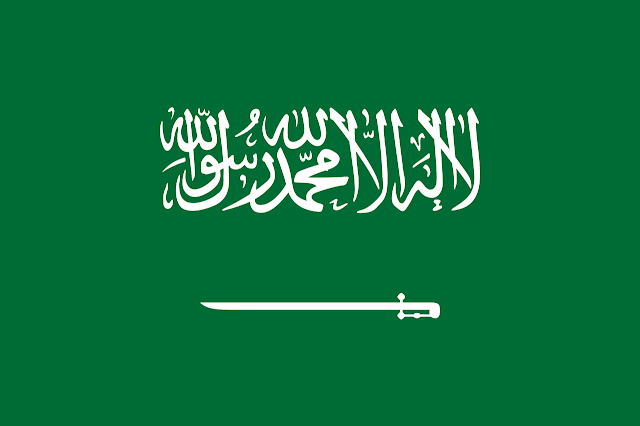The national flag of Russia (Russian: Флаг России, romanized: Flag Rossii), also known as the State Flag of the Russian Federation (Russian: Государственный флаг Российской Федерации, romanized: Gosudarstvenny flag Rossiyskoy Federatsii), is a tricolour flag consisting of three equal horizontal fields: white on the top, blue in the middle, and red on the bottom. The flag was first used as an ensign for Russian merchant ships in 1696.
 |
| Flag of Russia. |
It remained in use until 1858, when the first official flag of the Russian Empire was decreed by Alexander II, which was a tricolour consisting of three horizontal fields: black on the top, yellow in the middle, and white on the bottom. A decree in 1896 reinstated the white, blue, and red tricolour as the official flag of the Russian Empire until the Revolution of 1917.
Following the creation of the Russian Socialist Federative Soviet Republic after the Bolshevik Revolution, the Russian tricolour was abolished, but its usage was preserved by the White Movement and the Russian state during the Russian Civil War. During the Soviet Union's existence, the country used the red flag with a golden hammer and sickle and a golden bordered red star on top while the Russian SFSR (a constituent republic of the USSR) used a defaced variant with a vertical blue bar at the hoist.
During the dissolution of the Soviet Union, after the 1991 August Coup, the Russian SFSR adopted a new flag design similar to the pre-revolutionary tricolour that had been abolished in 1917. The ratio of the new flag was 1:2, and the flag colours consisted of white on the top, blue in the middle, and red on the bottom. When Boris Yeltsin made the State Heraldic Register, he gave the flag the number 1 there. The flag design remained the same until 1993, when the original Russian tricolour was fully restored as the current flag after the 1993 Russian constitutional crisis. The current flag is listed at number 2 in the SHR.

















.png)










